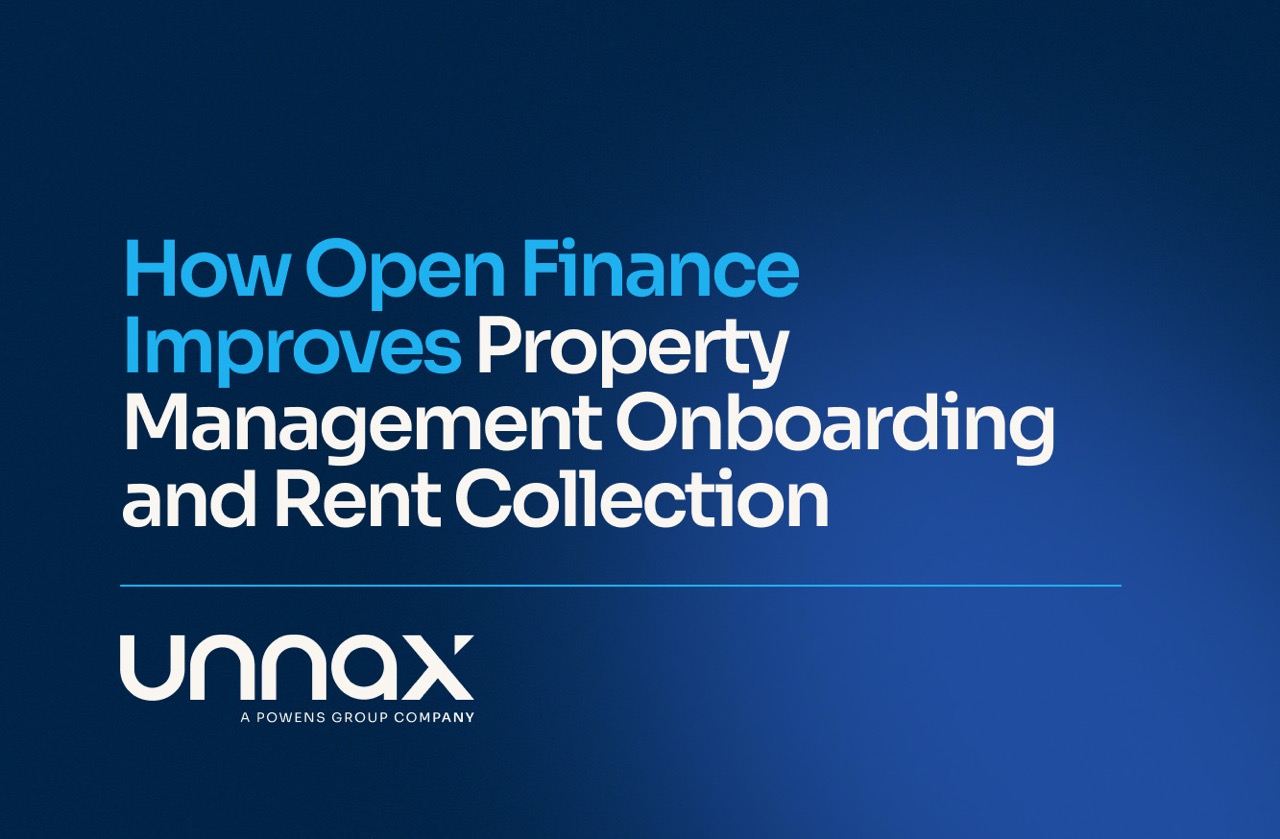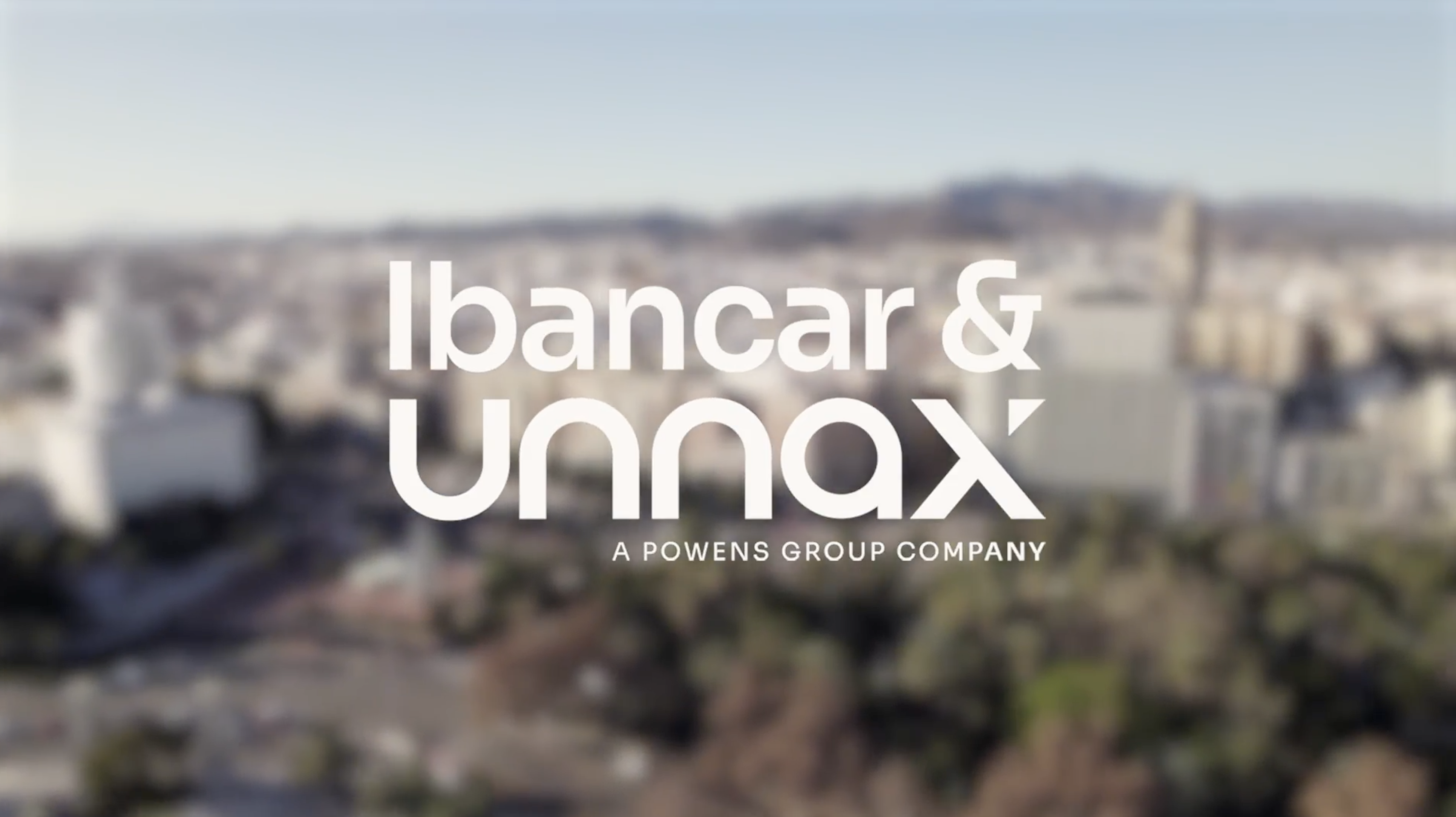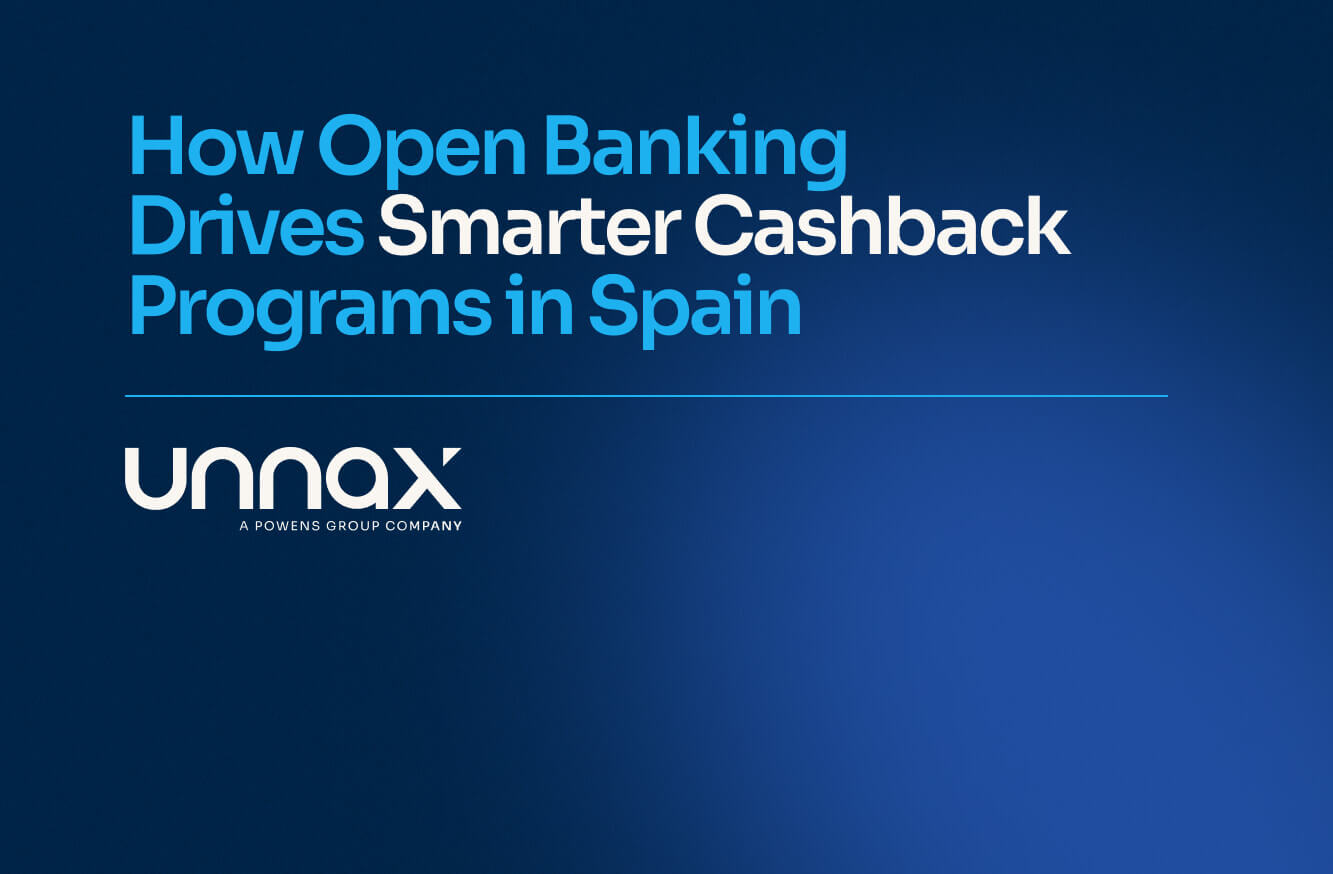The summer is a good time to tan on the beach, enjoy the waves and… catch up on some great PSD2 reading!
The end of 2019 and the beginning of 2020 have been a tumultuous time for both the world and Open Banking. In the past year we’ve seen the RTS deadline once again postponed to December 2020, banks undergoing restructuring to provide APIs and PSD2 turning two years old! Not to mention the Coronavirus epidemic, the impressive acceleration of digital adoption and a large number of mergers and acquisitions in the Fintech industry. With so much happening, there is a lot to catch up on since our last summer reading list in 2019.
Fintech Futures: PSD2 turns two: Where do we go from here? (article)
That’s right, on the 11th of February 2020, PSD2 turned two years old!
In this blog article published by Fintech publication Fintech Futures, senior research analyst Julie Muhn takes a step back and analyses the positives and the negatives of two years with PSD2.
The main positives are that PSD2 has managed to promote both innovation and competition amongst the financial industry in Europe and the UK. Banks are now cooperating with others through API integration and the number of financial players has increased. Although some consumers may not realize it, they are better off now than they were two years ago.
The negative is that PSD2 adoption has been a little slow. Getting the regulations up to speed has not been cheap and the adoption has been slower than anticipated. Muhn quotes a Tink survey: “41% of the banks [in Europe] were not in compliance with PSD2 [in March 2020].” On the consumer side, many customers still don’t fully understand what PSD2 is about and how it’s improving their lives. It seems there is still quite a lot of work to do to get Open Banking and PSD2 fully operational.
Medium: The State of Open Banking in 2020 (article)
In this blog article on Medium, Roland Mesters shares his thoughts on Open Banking. It’s a personal deep dive into how the payments landscape is changing due to Covid-19, as well as some interesting Open Banking predictions for 2020.
He argues that with Covid-19, the need for Open Banking has never been greater. For the rest of 2020, his predictions include an increasing relevance to use Open Banking for creditworthiness, personal finance and new customer onboarding. He also predicts that the biggest Open Banking adopters will be consumer lending companies along with tech companies.
The Fintech Times: Open Banking: are we at the tipping point? (digital newspaper)
The Fintech Times is a digital and print newspaper that features articles from bankers, Fintech founders and industry leaders. In this edition of The Fintech Times, Open Banking takes the main stage. David Parker, founder of Polymath, asks whether 2020 really is the year that Open Banking takes off. He also covers some of the main challenges that companies are currently facing due to the new regulations.
Parker argues that consumers don’t need to understand completely what Open Banking is — as he says:
“You could ask how many consumers have heard of radio-frequency identification (RFID) — I would contend in terms of relevance as to how many have heard about open banking; these are just technologies, the end user does not need to know about them.”
However, consumers do need to be educated on what sharing financial data entails and the benefits (and drawbacks) that come with it. He also discusses the lack of stability and access (there are now nine open banking standards in Europe) as well as the difficulties that come with managing security and liabilities as a big bank.
Finally, Parker reminds us that the real start of Open Banking was actually the 14th of March of 2020 so we won’t be seeing results immediately. In his opinion, 2021 is the year we’ll see increased usage of PSD2 and Open Banking.
OBIE: Quick wins on improving the Customer Journey (guide)
The Open Banking Implementation Entity is an organization set up by the Competition and Markets Authority (CMA) to implement Open Banking and design the Open Banking customer onboarding journey for financial institutions in the UK.
This guide walks the reader through steps on how to create an intuitive and frictionless customer onboarding journey. Examples include biometrics, implementing a 3-step consent model and using customer-friendly wording to make the 90-day re-authentication as simple as possible. They also share a good overview on how to improve technical performance when implementing Open Banking.
This is an interesting guide for any company in the process of implementing PSD2 and that needs advice on the customer perspective. For some real-life examples, check out the Built for Mars case studies in the next section.
Built for Mars: Open Banking case studies (page)
Built for Mars is a company that does UX design for banks, financial institutions and Fintechs. They also do interesting analyses of the UX from other Fintechs and banks.
On this page, you can read the case studies on how companies such as Starling, Monzo, Lloyds Bank and many more are implementing Open Banking into their customer journey flow. The case studies are interactive (just click through the onboarding) and are incredibly entertaining and educational (many memes and snarky comments).
Laughs aside, the analyses done by Built for Mars are insightful and interesting. Why do some banks add descriptions that don’t need to be there? How does Revolut deliver UX so well? Why does it take four times longer to authorize an Open Banking payment with Lloyds than with Starling? As they say, these case studies are a blackhole of UX — meaning once you start reading you never stop.
Finextra: Is Request to Pay the System for a World of New Norms? (report)
Finextra is a Fintech publication that offers important Fintech news as well as relevant reports on the financial industry
This report describes an excellent example of a product that is born from the Open Banking directive: Request to Pay. Request to Pay is a tool that financial institutions can use in order to remove payment friction and improve cash liquidity. Now more than ever, SMEs, families and gig workers need cash liquidity. With a feature such as Request to Pay, payments become much more flexible, instant and customer-centric. The tool could be a serious step towards better financial inclusion and control for the underbanked and gig workers.
To those who are skeptical of Open Banking, this report illustrates the opportunities that come with a product such as Request to Pay: a tool that could only be implemented thanks to a directive such as Open Banking.
KPMG: 2019 trends in review (report)
From 2019 to 2020 KPMG wrote a series of articles regarding technological innovation. In this report, they aggregated all the articles in one document, providing an interesting timeline of how innovation has grown over the last year.
The first article depicts how a bank’s past may encumber its future, and goes on to compare the different ways banks are responding to the new reality: some with legacy system updates (TSB Bank), some with the purchase of a digital bank (Scotiabank) and others by establishing a separate digital bank (RBS). They go on to discuss the 5 different ecosystems required for successful Open Banking, as well as the surge of the Super App — something which is common in Asia, and is slowly making its way to Europe.
The last few articles of the series cover authentication and how to keep customers secure, as well as how banks are slowly moving away from financial services and aiming to offer more personalised services. From the perspective of KPMG, Fintech in 2030 will look a whole lot different than it currently does in 2020.









